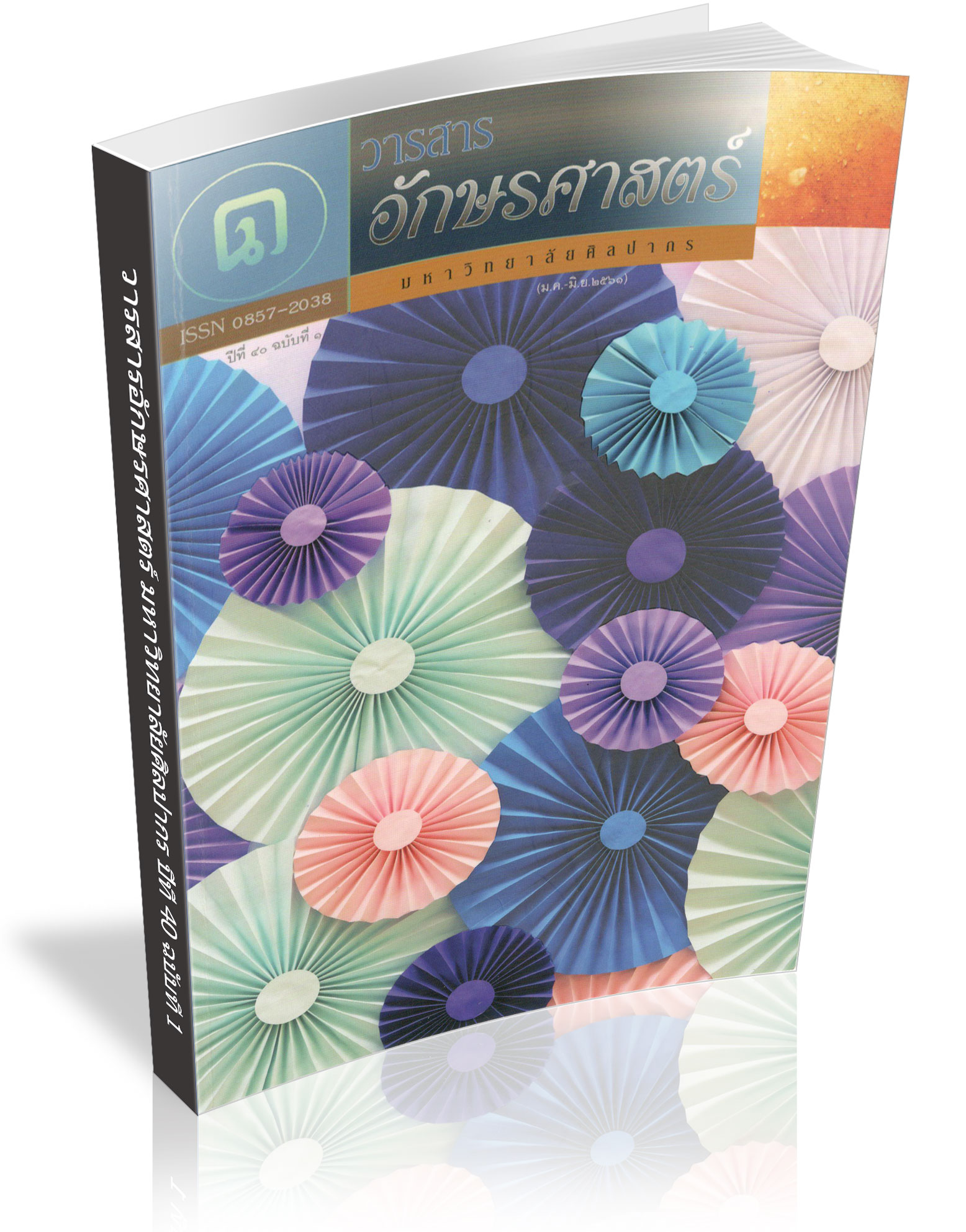"A Good Child Must Make Merit" : The Relationship between Language and Ideologies in the Children Media Discourse Created by the Dhammakaya Temple
Keywords:
Dhammakaya Temple, Language and Ideology, Critical Discourse analysis, Children MediaAbstract
This study aims to analyze the ideology of "merit" as presented through linguistic strategies in children's media created by the Dhammakaya Temple, using critical discourse analysis as an analytical framework. The data is collected from 3 school children's print media namely, 1) "Tee Nee Mee Khain Tob" (The Answers are Here) series, mini edition; 2) "Kham Mai Lek khong khru Mai Yai" (Big Words of a Small Teacher) series, mini edition; and 3) Home-Temple-School, the Role Model of Global Morality Restoration. These print media represent the ideology of "merit" in 3 concepts : merit is power, merit is after-death treasure, and make merit to achieve one's purpose. These 3 concepts will encourage children to make merit at the Dhammakaya Temple because they are taught that any sin can be defeated by merit and they will have a good life in the next life. The Dhammakaya's discourses convince people to continue to make merit to the Temple, because they can gain more merit than making merit at other temples. It can be seen that the Dhammakaya's discourses do not teach children to abandon greed, as convenable emphasized in Buddhist doctrine. On the other hand, the Dhammakaya's convinable discourses seem to make people more eager to make merit for the wrong purpose, and its print media for children play an important role to mold children to be good members of the Temple in the future.
Downloads
Downloads
Published
How to Cite
Issue
Section
License
ผู้เขียนบทความต้องยินยอมในข้อกำหนดต่าง ๆ ของวารสารก่อนส่งบทความตีพิมพ์




